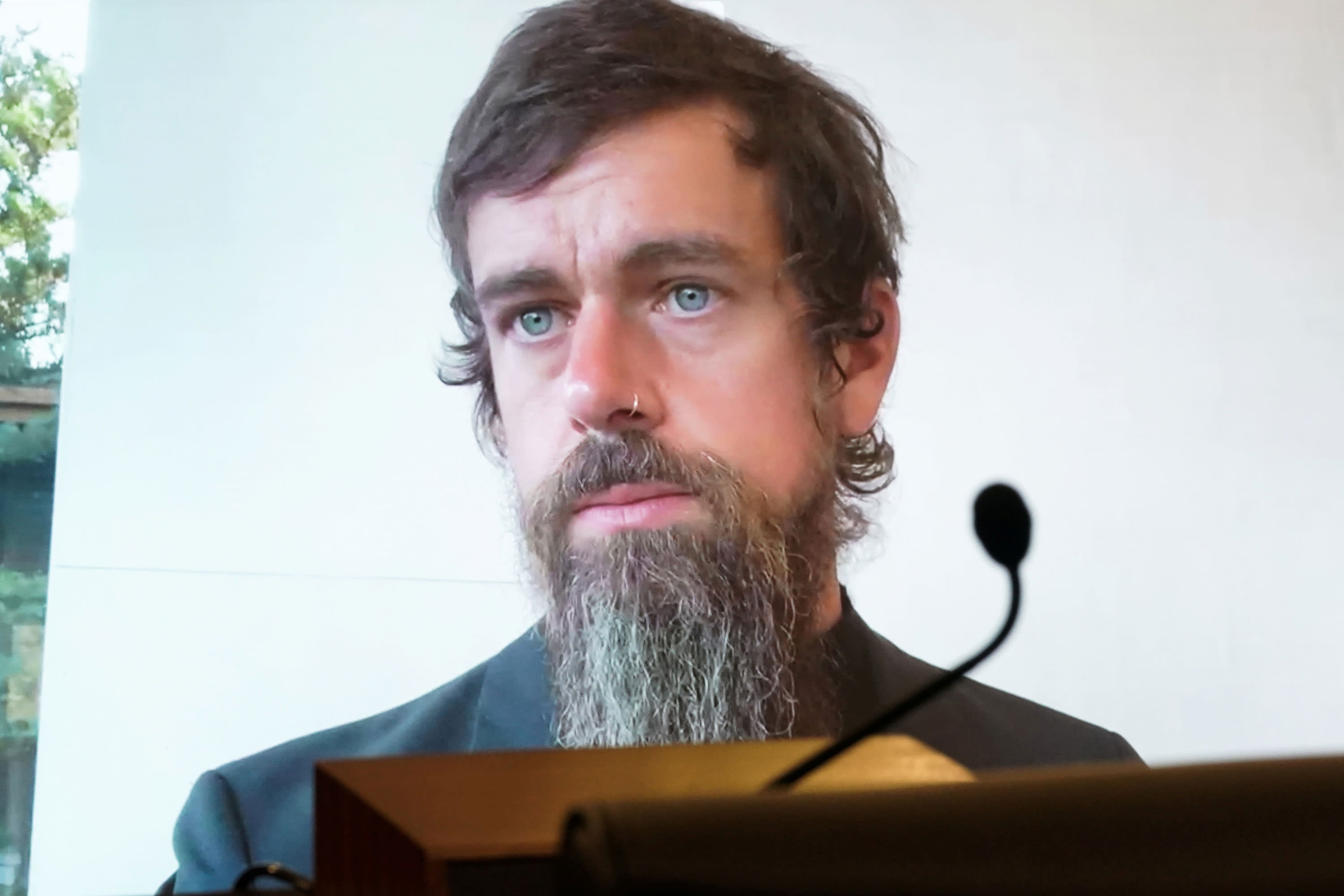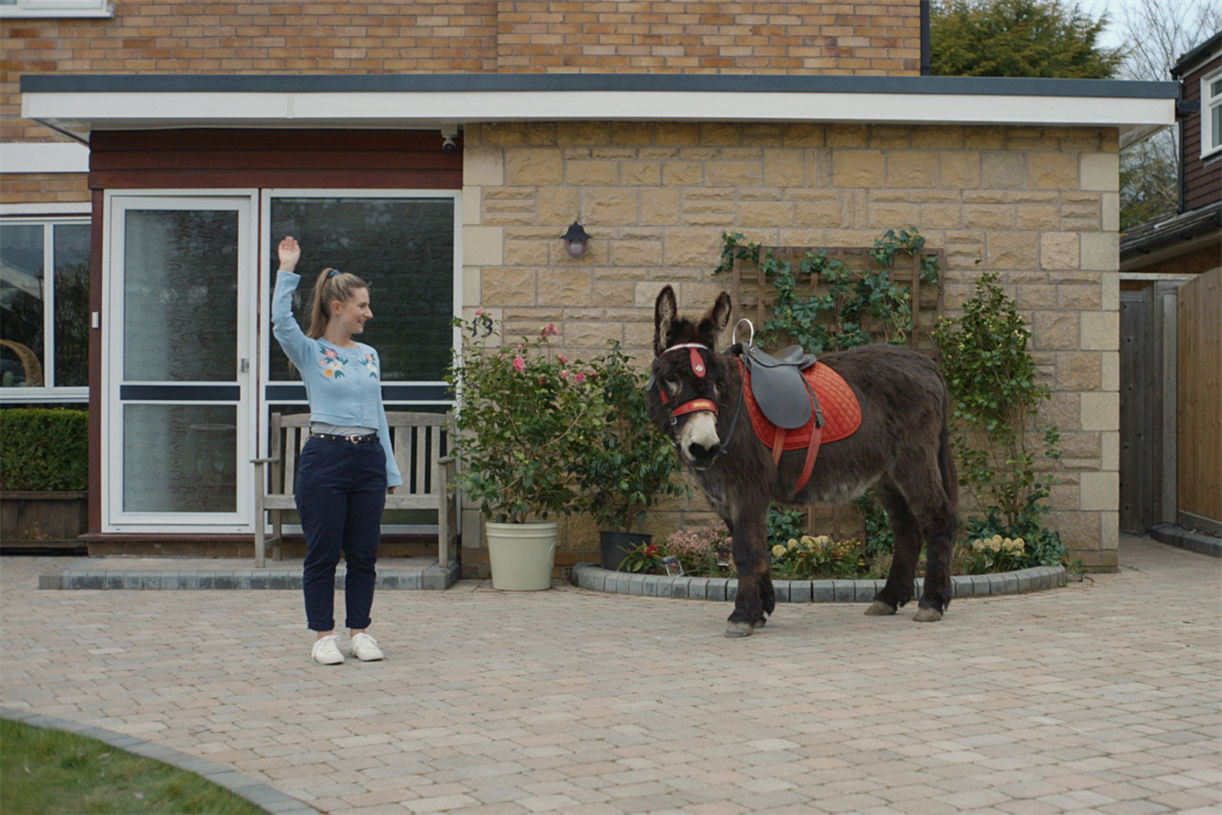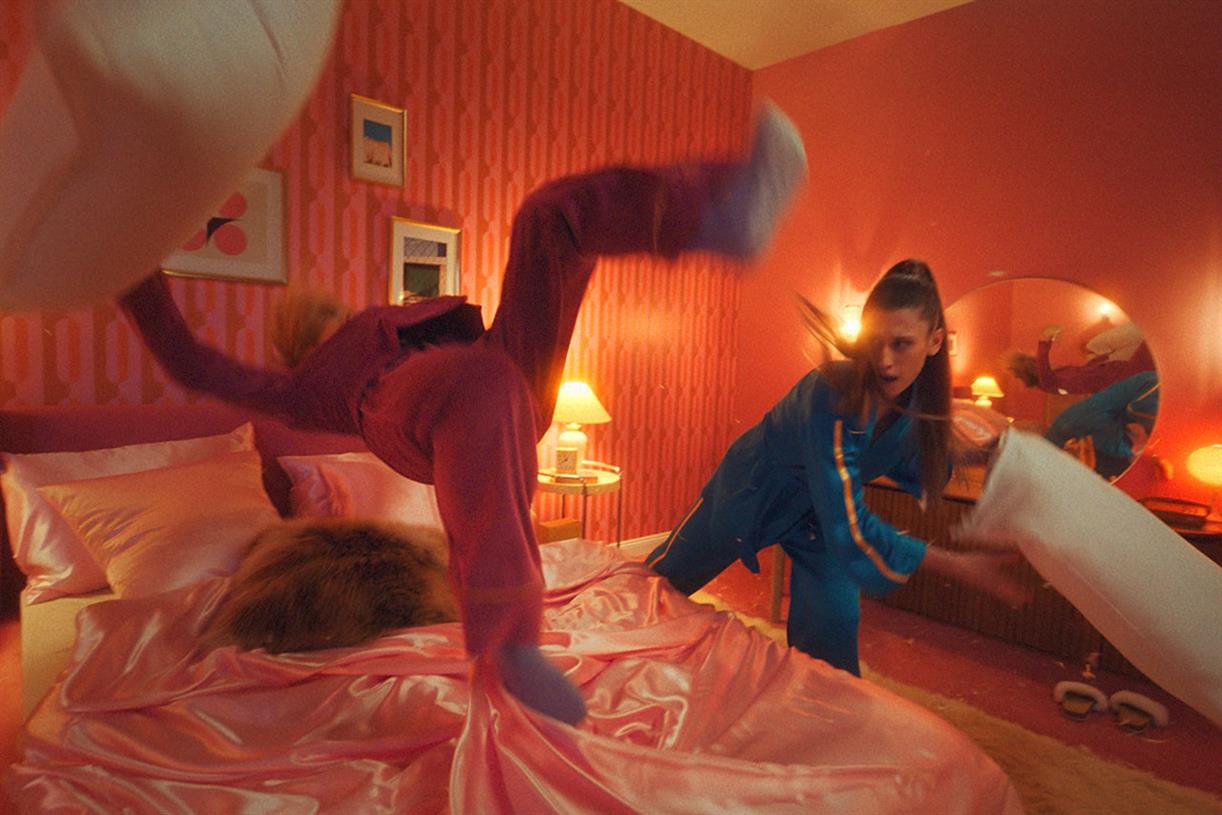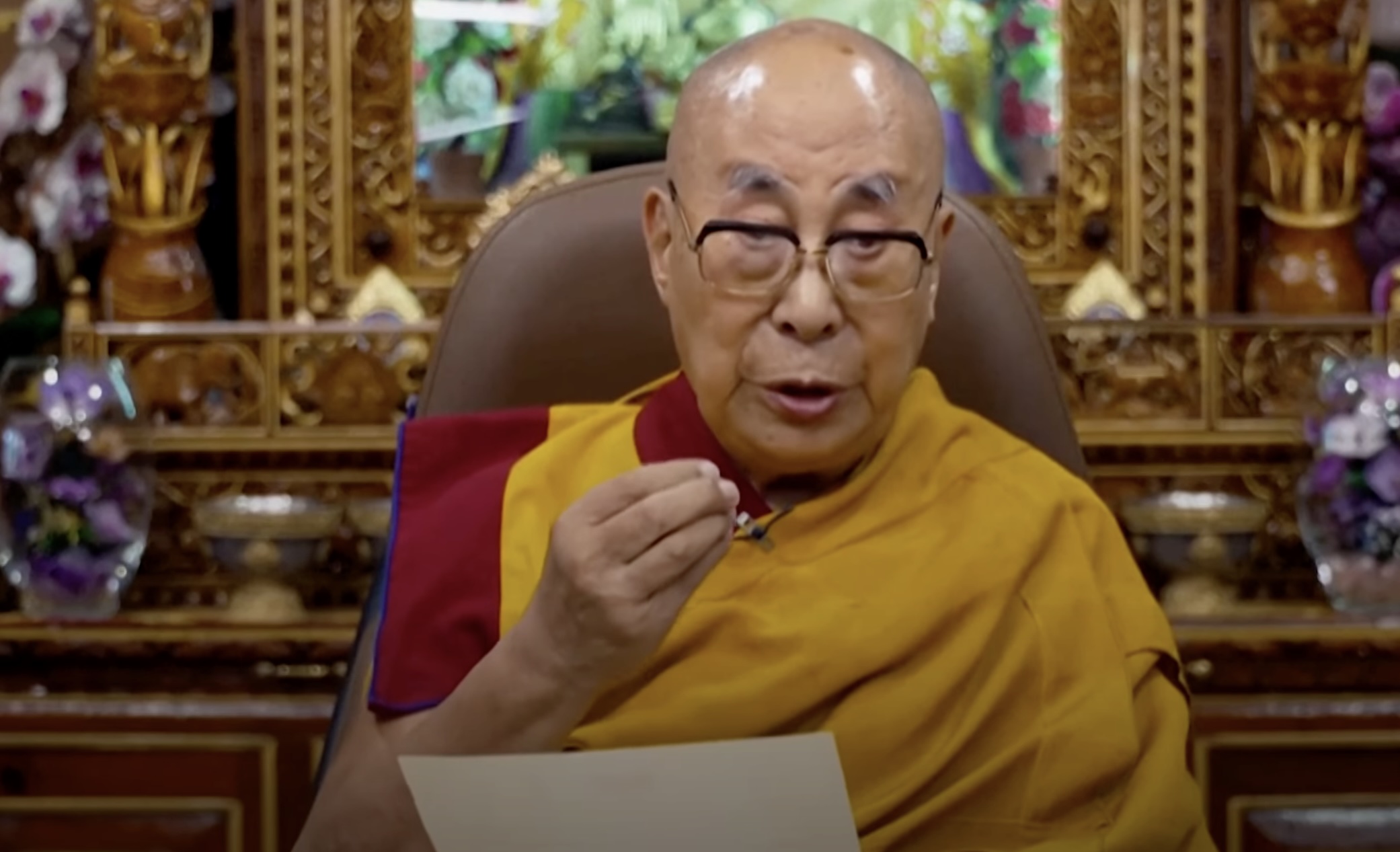YouTube Expands Long Ad Breaks on CTV
YouTube says that viewers prefer longer ad breaks and less overall viewing disruption.

YouTube’s looking to add in more long ad breaks in order to facilitate bigger blocks of uninterrupted content within its Connected TV experiences.
Late last year, YouTube announced that it had begun testing longer ad breaks in CTV, because according to its research, 79% of YouTube viewers prefer video ads to be grouped together, as opposed to shorter ad slots distributed throughout a video.
Within that initial experiment, YouTube says that it expanded uninterrupted viewing blocks by 29%. Viewers have responded well to this, so it’s now stretching out the viewing experience even further, while clustering more ads into longer blocks.
As per YouTube:
“With the expansion of fewer, longer ad breaks on CTV, YouTube [CTV viewers] can experience 50% longer viewing sessions before their next ad break. Viewers on connected TVs still have the choice to skip to the next ad in an ad pod, and within this improved experience, viewers can still skip an ad after the first five seconds if it’s not right for them. Further, advertisers have more opportunities to connect with their target viewers while minimizing interruptions to viewing sessions.”
So theoretically at least, this is a win-win, with viewers getting a less disrupted viewing experience, and advertisers still able to reach YouTube users with their promotions.
That should lead to better overall sentiment around YouTube promotions, based on the above viewing stats. But then again, I wonder what the actual ad response rates are for ads within these longer blocks, versus shorter in-stream promotions.
Presumably, the variance is not significant, or else YouTube wouldn’t be looking to expand it. But it does seem like enabling viewers to, say, start a clip, and walk off while the first ad block plays, would lead to reduced response.
Especially because Google also has a countdown timer for these ad blocks.

I mean, maybe most people just don’t bother going and doing something else within that minute of initial run time. But given our shortening attention spans, I’d be willing to bet that a lot of people do grab their phones and scroll through other apps whenever they see that add timer pop-up.
Which, again, seems like it would impact ad response. But YouTube says that viewers like these bigger ad blocks more, and if advertisers aren’t raising concerns, it makes sense, I guess, for it to align with viewer preferences.
But if you’re a YouTube marketer, I’d keep an eye on your results.
Most YouTube promotions are not direct response anyway, they’re more about awareness, so it’s likely difficult to measure the true impact in this sense. But it is worth noting, while for viewers, you’ll now have more uninterrupted view times when watching YouTube clips. Well, on your TV set at least.
It’s an interesting dichotomy, in that disruptive, shorter ads are likely to grab more attention, but may see reduced response and sentiment due to that disruption. But longer blocks are more easily ignored.
Which is the better outcome? Again, I’d be keeping an eye on your YouTube ads stats.

 Aliver
Aliver 











_2.jpg)
![How to Perfectly Manage a PPC Campaign [Template]](https://blog.hubspot.com/hubfs/PPC%20MGMT.jpg#keepProtocol)


















